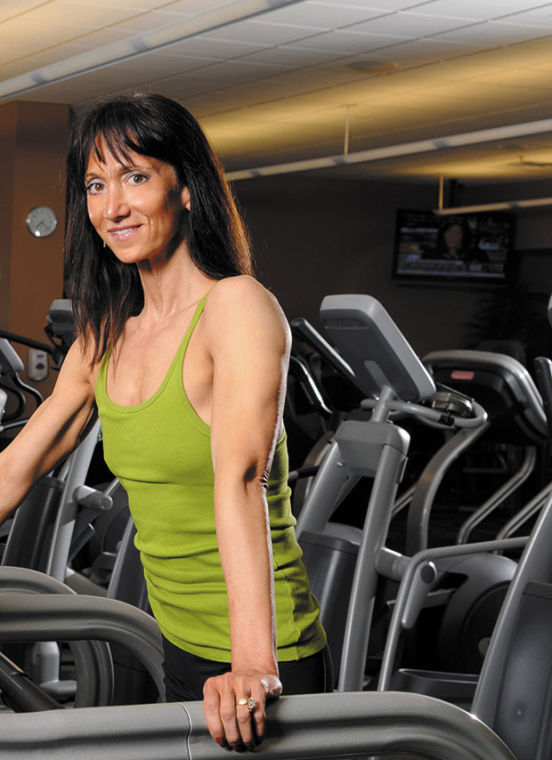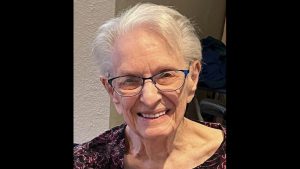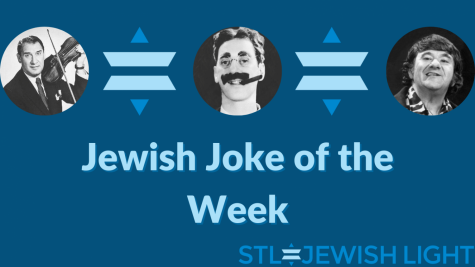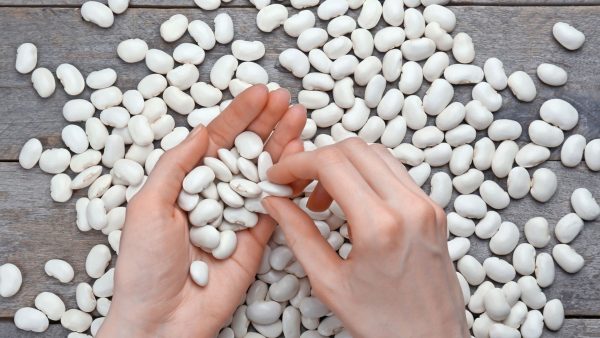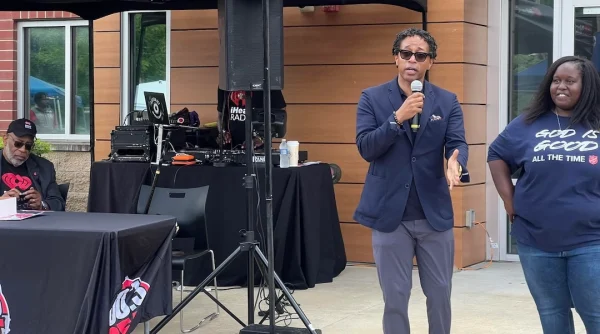Stop horsing around with muscle spasms
Published January 16, 2016
As good old Mr. Ed used to say, “A horse is a horse, of course, of course….”
He was always entertaining to watch on TV; but as many of us know from firsthand experience, the Charley Horse is no fun at all.
Typically occurring in the form of a cramp or spasm in the calf muscle, this painful situation can last anywhere from a few seconds to several minutes. According to Dr. Neil Porter, a clinical neurologist at the University of Maryland Medical Center, “For something this basic and common, it still is hard to understand.” Currently it is believed that dehydration, nerve irritation, overuse of the muscle, or sitting in a single position for too long can ignite the Charley Horse spasm and accompanying pain, often described as excruciating. Other factors that can cause the cramping are fluctuations in certain electrolyte minerals, most commonly potassium, sodium and calcium; this situation frequently comes from excessive sweating or inadequate hydration before, during or after exercise.
In addition to the aforementioned factors, certain medications can also trigger the occurrence of a Charley Horse. Antipsychotic drugs as well as prescriptions for treating diabetes and blood pressure have been known to alter regular muscle contractions. Dr. Doris K. Cope, Vice-Chairman of Pain Medicine in the Department of Anesthesiology at the University of Pittsburgh School of Medicine, explains that this phenomenon has to do with “the excitatory and inhibitory pathways of the nervous system”. During what many individuals refer to as nighttime cramps, the muscle cells are unable to relax, no matter how much we try to override the clenched calf. The ensuing pain results from the prolonged contraction, which is a completely involuntary action.
As we age, the likelihood of experiencing such an offset in our equilibrium increases. To further compound this issue, even healthy older individuals seem to have a harder time restoring homeostasis, or returning their bodies to a normalized state. In terms of preventative actions, warming up before engaging in any physical activity is always a good idea, as is proper hydration and consuming adequate nutritional sources of potassium (tomatoes, bananas, potatoes). If you do find yourself trapped in the painful vice-grip of a Charley Horse, there are a few remedies you can try, such as gentle massaging of the affected area, slow stretching, warm baths, or even ice applied directly to the calf area. Some individuals find relief from increasing vitamin B12 levels, either through over-the-counter supplementation or from food sources.
As you prepare to embark on your 2016 fitness resolutions, don’t let a little horse get in your way! Be prepared, be proactive, and rein in that pain!



